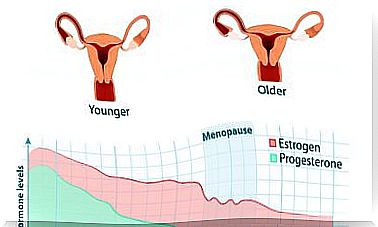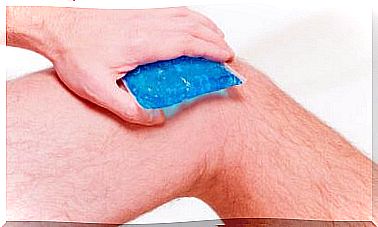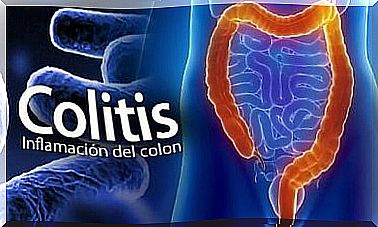How To Do An Anti-inflammatory Diet To Treat Uric Acid
The accumulation of uric acid in the body can be the trigger for a series of inflammatory disorders that affect the quality of life. Adopting an anti-inflammatory diet is one of the best measures to avoid its effects and stabilize it.
This condition, also called hyperuricemia, is caused by the degradation of purines that usually come from some foods. Although the body metabolizes and eliminates them through kidney work, it can sometimes undergo alterations because it cannot break them down.
As a consequence, urate stones are formed that can lead to the appearance of kidney stones, gout attacks and joint pain. In addition, in many cases they are related to metabolic problems and high blood pressure.
How do you do an inflammatory diet to fight uric acid? It is essential to know what is allowed and what is not. Below we will tell you in detail what it consists of and what are the guidelines that it proposes to deal with this problem.
Anti-inflammatory diet to treat uric acid: what you need to know
Current treatment for excess uric acid includes the use of some drugs. However, the main measure to stabilize your blood levels is still food. For what reason?
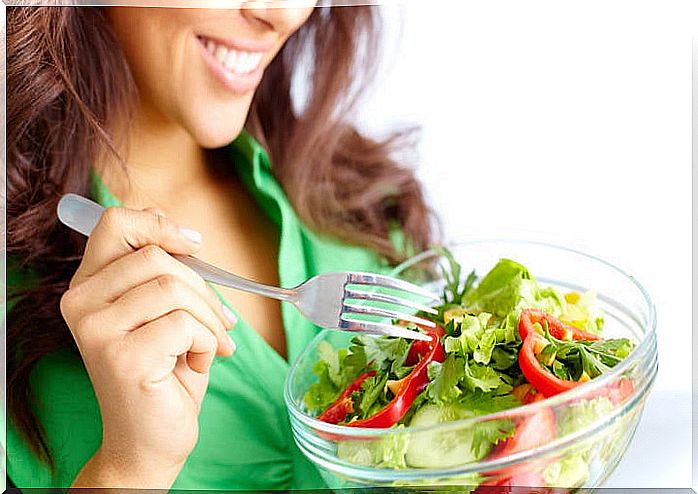
Foods that are incorporated into the diet can act for better or for worse against this problem. While some increase the concentration of purines, others support the metabolic process to eliminate them from the body.
Through an anti-inflammatory diet , a light plan is proposed to obtain the nutrients that are required against this condition. Therefore, it is suggested to avoid the possible sources of uric acid as much as possible, to give priority to alkalizing foods.
Purposes of the anti-inflammatory diet
An anti-inflammatory diet to treat uric acid has three main objectives: to regulate the pH of the urine, to control the consumption of purines, and to decrease the intake of fructose. Consideration of these facilitates the decomposition of this substance to reverse its effects.
Regulate urine pH
The kidneys are the organs that are responsible for filtering uric acid from the blood to promote its elimination through the urine. Therefore, when there is some kind of lack of control, it is important to change the pH of the urine to promote its expulsion. How?
- Increasing the consumption of water and healthy infusions.
- Increasing the intake of fruits and vegetables.
- Reducing the consumption of sources of uric acid or acidifiers such as refined ones, sugars, eggs and products of animal origin (meat, organ meats, fish).
- Limiting salt intake and cooking at home.
- Completely avoiding alcoholic beverages, including beer and wine.
Purine consumption
In any anti-inflammatory diet the consumption of purines is as low as possible. For this reason, it is essential to monitor as much as possible the food that is consumed, as well as its cooking method. When you boil a food with purines, a large part of them go into the water.
Therefore, it is a good way to reduce the purine content of foods, but should be avoided as broths.
Fructose intake
Fructose is metabolized in the body into a type of purine known as xanthine, which eventually becomes uric acid. For this reason, it is recommended only the consumption of one piece of fruit a day. In addition, the ideal is to opt for fruits with less fructose content: pineapple, kiwi, mango, watermelon, strawberries, orange, melon and apricots.
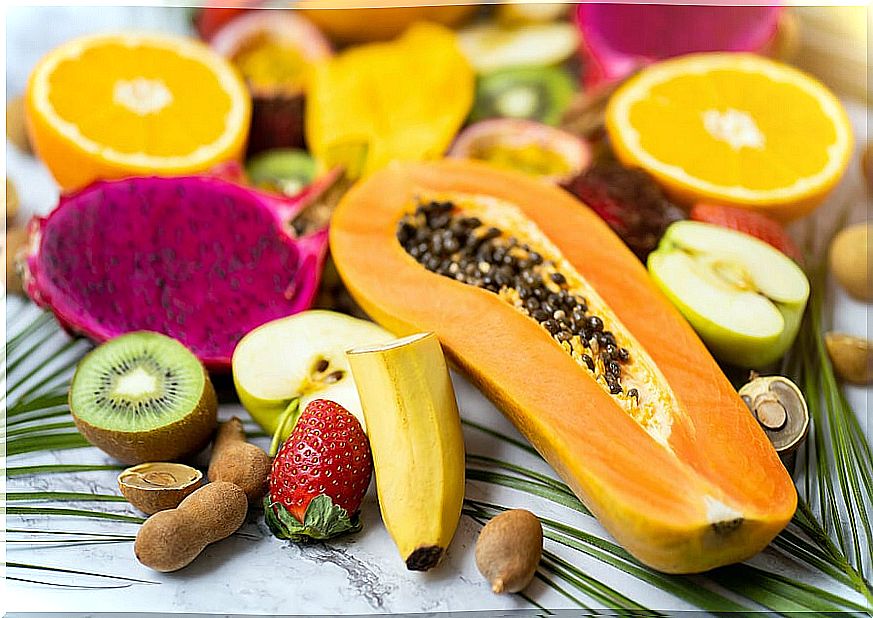
Prohibited foods in an anti-inflammatory diet
Many of the “forbidden” foods should only be avoided in the event of an attack of gout or stones. If there are only high levels of uric acid, even without consequences , these foods are limited to the maximum and are taken in small quantities.
To know in detail which foods are best to avoid, below we classify them according to their amount of purines:
High amount of purines (150-800 mg per 100g)
- Fructose, pate, organ meats.
- Sardine, anchovy, anchovy, mackerel.
- Prawns, prawns, cockles, mussels.
Considerable amount of purines (70-150 mg per 100g)
- Veal, beef, pork, wild boar, quail, partridge.
- Lentils, beans.
- Large blue fish.
Average amount of purines (50-70 milligrams per 100 grams)
- Rabbit, chicken, turkey.
- Chickpeas, beans, peas, soy.
- Cauliflower, mushrooms, spinach, asparagus.
Low amount of purines (0-50 milligrams per 100 grams)
- Fruit.
- Tubers
- White or refined cereals.
- Low-fat milk and derivatives.
- Most vegetables (except those mentioned)
Anti-inflammatory diet model to treat uric acid
There are many ways to design an anti-inflammatory diet as a measure to treat uric acid. In fact, its adaptation to each particular case is almost always recommended, since the accumulation of uric acid causes different problems.

However, there are simple templates that serve as an example of how menus should be planned. Here we share an interesting option that can be taken into account.
Breakfast
- Sugar-free whole grains with skim milk.
- Cup of fresh strawberries.
- Coffee and water
Lunch
- Small portion of baked chicken breast (55 grams) on a whole grain roll with mustard
- Mixed salad with vinegar and olive oil dressing
- Skim milk
Snack
- Cup of fresh cherries.
- Glass of water or infusion.
Dinner
- Portion of grilled salmon (55 grams).
- Roasted or steamed green beans.
- Half a cup of whole wheat pasta with olive oil and lemon pepper.
- Infusion or low-fat yogurt.
In summary
Following an anti-inflammatory diet can limit uric acid production in the body and promote its proper elimination. Although it does not serve as a “cure” for the problems caused by this substance, it is a great ally of treatment.
Mayo Clinic experts have also shared some interesting gout diet guidelines that you can check out at the link below.





